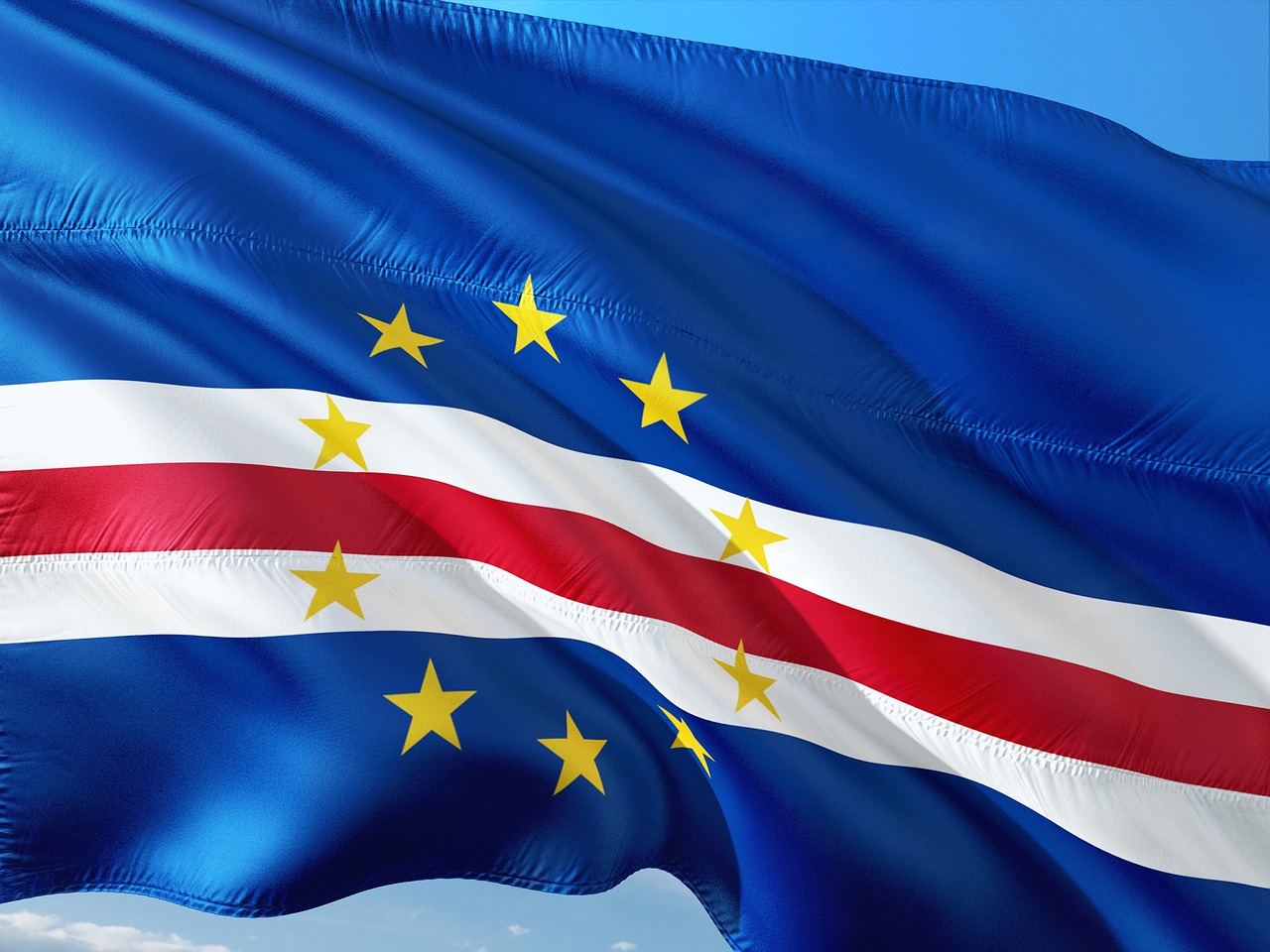
The Modern Era, running from 1453 to 1789, marked a transformative period characterised by global exploration, technological innovation and socio-economic changes. Triggered by the fall of Constantinople, this era witnessed European expansion through colonisation, establishing unprecedented worldwide connectivity. Technological advances such as the printing press and the compass revolutionised the communication[2] and navigation, while scientific research gained momentum. Politically, the feudalism[3] declined, nation-states emerged and the Protestant Reformation[1] redesigned religious landscapes. Economically, societies moved from land-based systems to trade-orientated ones, with the rise of the bourgeoisie[4] and capitalist structures. The period encompassed significant maritime explorations, global trade networks and cultural exchanges between continents. Key developments included the Renaissance, the Age of Discovery and the extensive European colonisation of the Americas, Asia and Africa, fundamentally transforming global social, economic and political dynamics.
A Modern Age was a specific period in the history of West which begins at the end of Middle Ages in 1453 AD, although the chronological limits are subject to debate, the timeline of this period extends from the end of the 15th century to the Age of Revolutions in the 18th century; many historians mark the beginning of this age on the date of 29 May 1453, when the seizure of Constantinople by Ottoman Turksincluding the Renaissance and Age of Discovery (including journeys by Colombo which began in 1492 and the discovery of the sea route to India by Vasco da Gama in 1498), and ending with the French Revolution on 14 July 1789.
| History | ||||
| Prehistory | Stone Age | |||
| Lower Palaeolithic | c. 3.3 million - c. 300,000 BC | |||
| Middle Palaeolithic | c. 300,000 - c. 30,000 B.C. | |||
| Upper Palaeolithic | c. 30,000 - c. 10,000 B.C. | |||
| Mesolithic | c. 13,000 - c. 9,000 B.C. | |||
| c. 10,000 - c. 3,000 B.C. | ||||
| Age of Metals | Copper Age | c. 3,300 - c. 1,200 BC. | ||
| Bronze Age | c. 3,300 - c. 700 BC. | |||
| Iron Age | c. 1,200 BC - c. 1,000 AD | |||
| Ancient Ages | Eastern Antiquity | c. 4,000 - c. 500 BC. | ||
| Classical Antiquity | c. 800 BC - 476 AD | |||
| Late Antiquity | c. 284 AD - c. 750 | |||
| Middle Ages | High Middle Ages | 476 - c. 1000 | ||
| Lower Middle Ages | Full Middle Ages | c. 1000 - c. 1300 | ||
| Late Middle Ages | c. 1300 - 1453 | |||
| Modern Age | 1453 - 1789 | |||
| Contemporary Age | 1789 - today | |||
Related Pliocene - Pleistocene - Three Age System - History - History of writing - Hominina - Homo - Homo erectus - Archaic Homo sapiens - Modernity - Past - Present - Future - Time | ||||
Historians worldwide in recent decades have argued that from a global perspective, the most important characteristic that ushered in the modern age was the globalisation. This period of modern history is characterised by the exploitation and colonisation of the American Continent and the establishment of solid contacts between civilisations spread around the world. World powers became involved with each other through trade, as goods, plants, animals and food travelled from one country to another. Old World for the New World and vice versa.
New economies and institutions emerged, becoming more sophisticated and globally articulated as time went on. This process began in the medieval city-states of northern Europe. Italy, particularly Genoa, Venice e Milan. This period of human history also includes the establishment of a dominant economic theory, the mercantilism. A European colonisation of the American, Asian and African continents has occurred since the 15th century until 20th centuryspreading the Christian religion all over the world.
The trends in various regions of the world during the Modern Age show a change from what had been organisation, politics and economics for centuries. O feudalism was put aside in the EuropeAt the same time, this period also saw the Protestant Reformationthe disastrous Thirty Years' War, a Commercial Revolution, a European colonisation of the American continent, a Golden Age of Piracy and the beginning of the Age of Revolutions, which in addition to the Industrial RevolutionIt also brought about major political and social revolutions such as the French and North American.
In Asiano 16th centuryThe Chinese economy under the Ming Dynasty was stimulated thanks to trade with the Portuguese, the Spanish and the Dutchwhile in Japan began the period known as Nanbanafter the arrival of the first Portuguese in the archipelago. Other notable trends of this period include the development of the science experimental, travelling faster and faster thanks to advances in the cartography and in the production of maps, increasingly rapid technological progress, the secularisation of civil politics and the emergence of nation states. The end of this period of human history ends with the appearance of Contemporary Age, consensually defined as having begun with the French Revolution.